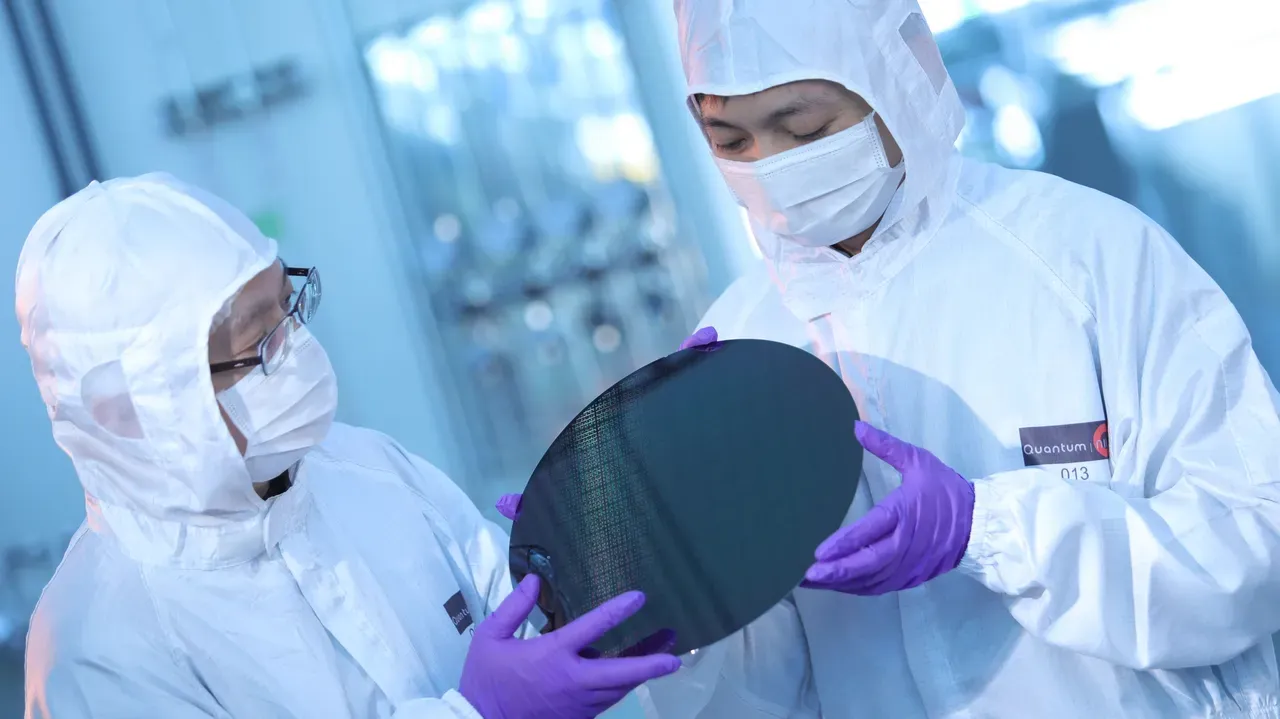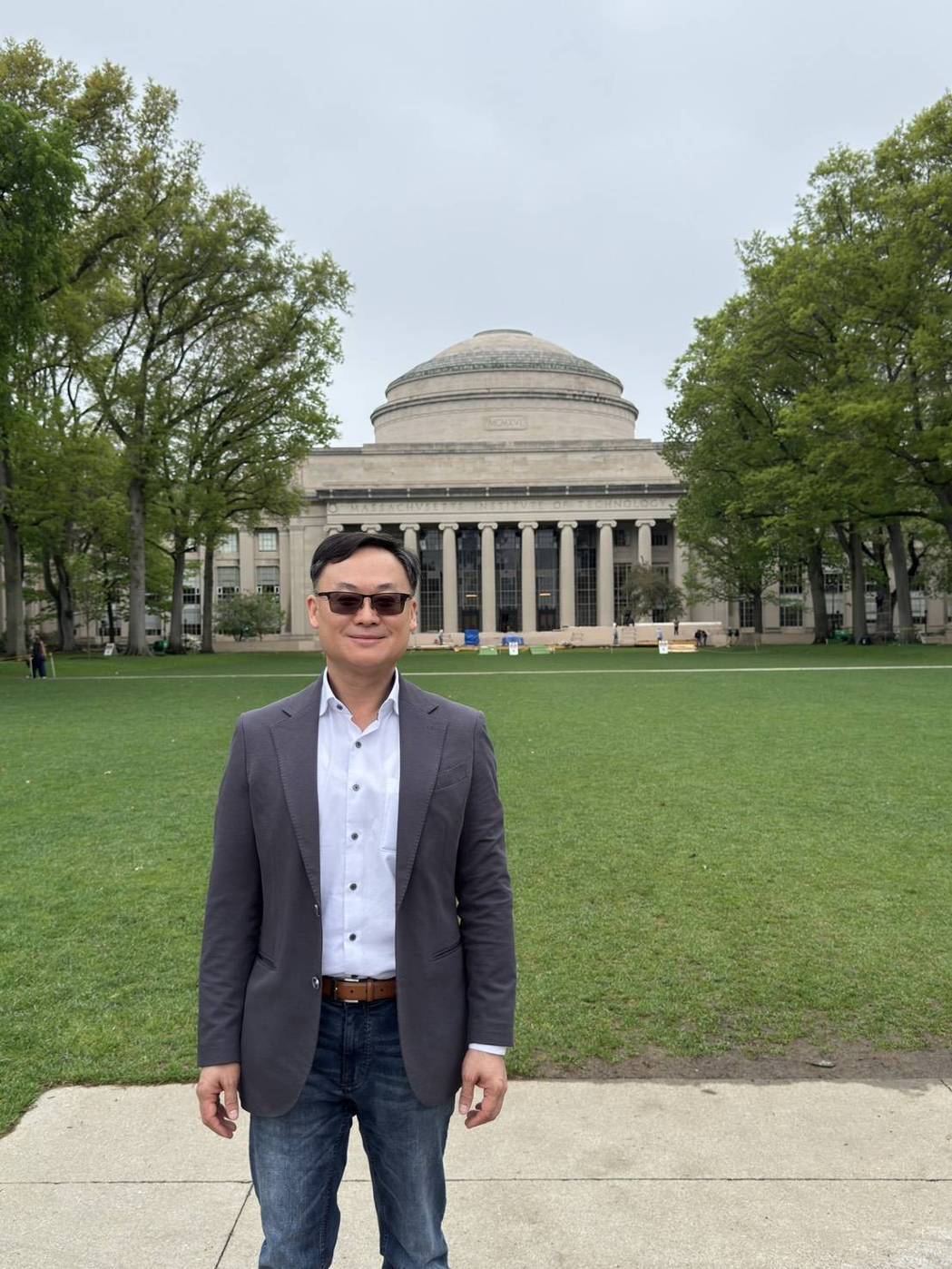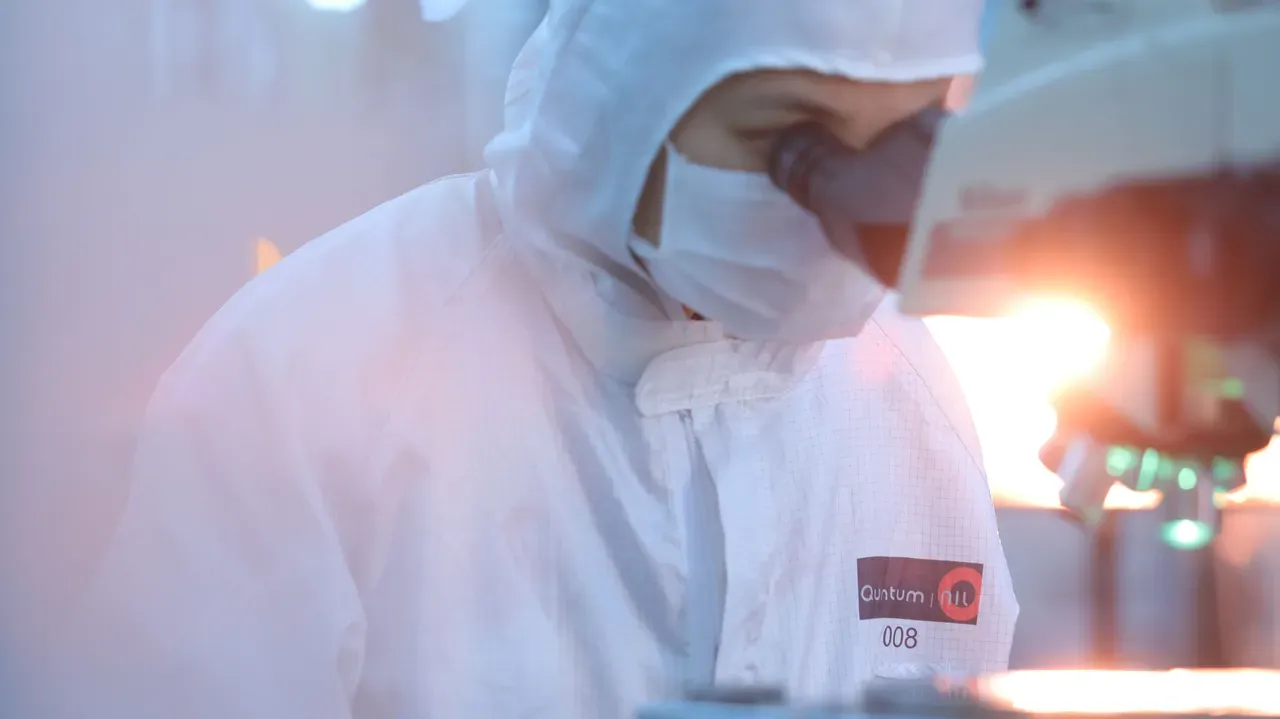Artificial intelligence (AI) has undeniably been the hottest keyword since last year, with industries across the board rapidly adopting it. Semiconductors have also maintained star-level popularity, especially with TSMC’s advanced process technology attracting international giants and fueling trillion-dollar global investments. As a result, not only is TSMC under close global scrutiny, but its supply chain partners are also gaining momentum in both stock value and growth outlook.
Hybrid NIL Platform: Bridging the Gap Between Traditional Technologies
Quantum NIL Corporation, founded in 2022 by CEO Dr. Chung-Hsiang Lin, focuses on next-generation nanoimprint lithography (NIL) — a rising star in the semiconductor sector. Its core services include high-precision patterning for compound semiconductor wafers and metalenses (metasurface optics). These technologies are directly related to AI and advanced semiconductor development, establishing the company as a true innovator rather than a trend-follower.
Dr. Lin, a Ph.D. in Physics from New York University with over 20 years of experience in optoelectronics and semiconductors, previously served as General Manager at both IQE’s NIL Business Unit in the UK and Luxtaltek Technology Corp. Back in 2007, his team was among the pioneers of NIL commercialization, pushing hybrid NIL solutions to bridge the application gap with traditional photolithography.
Boosting AI Computing: Enabling Heterogeneous Integration
According to Dr. Lin, NIL originated in the 1990s as a mechanical nano-patterning technique capable of directly transferring nanostructures onto substrates at sub-10nm resolutions. Its strengths include low production cost, low energy consumption, high flexibility, and material versatility.

Today’s AI systems are advancing at breakneck speed. Their architectural designs are increasingly complex and irregular, creating limitations for existing photolithography. To meet future demands, the traditional silicon-based Process Design Kits (PDKs) must be restructured. Dr. Lin believes the evolution of heterogeneous integration — producing smaller batches of highly customized designs — will open significant opportunities for compound semiconductors and quantum technologies.
Flexible Production: A Key Enabler for Quantum Devices
Quantum states such as superposition and entanglement can be implemented in various materials — from silicon semiconductors and superconductors to III-V compound semiconductors. NIL’s production flexibility bypasses the diffraction limits of traditional lithography, making it a vital technology for manufacturing diverse AI and quantum system components.
While companies like TSMC are pushing the boundaries of silicon semiconductor manufacturing with technologies like extreme ultraviolet (EUV) lithography, they still face challenges: high costs, energy consumption, and stringent substrate requirements. NIL offers a complementary, flexible alternative.
Next-Gen PCSEL Lasers: High-Potential Applications
Dr. Lin highlights the potential of photonic crystal surface-emitting lasers (PCSELs), which offer high power, single-mode operation, and superior beam quality compared to VCSELs and edge-emitting lasers. These features make PCSELs ideal for LiDAR, optical communications, and AR/VR displays. NIL enables the creation of subwavelength photonic crystal patterns with high cost-efficiency, pushing PCSELs to the forefront of next-generation laser technology.

Accelerating Innovation with NIL and AI
Quantum NIL is applying NIL technology across multiple platforms — including compound semiconductor integration, high-speed data communication lasers, silicon photonics, quantum and meta-optics, and biomedical chips — to support ongoing innovation in AI and quantum computing.

Strategically, the company partners with Tier-1 enterprises and research institutions to target high-value applications such as data transmission, quantum photonics, and automated sensing. With the help of AI-optimized processes and machine learning for advanced process control, Quantum NIL is also developing next-generation PDKs to accelerate NIL adoption in quantum technologies and solidify its leadership in NIL commercialization.
Pioneering, Not Following: A Distinct Brand Strategy
Last June, Quantum NIL participated in the AIT-led U.S. delegation focusing on quantum and photonic industries. The visit to Colorado and Montana showcased Taiwan’s strengths in enabling practical quantum applications, drawing international attention.
Reflecting on the visit, Dr. Lin noted that while building facilities and winning orders is vital, startups must avoid "me-too" strategies. In Taiwan’s current innovation landscape, Quantum NIL is committed to forging its own path — creating trends, building a brand, and leading the way.



